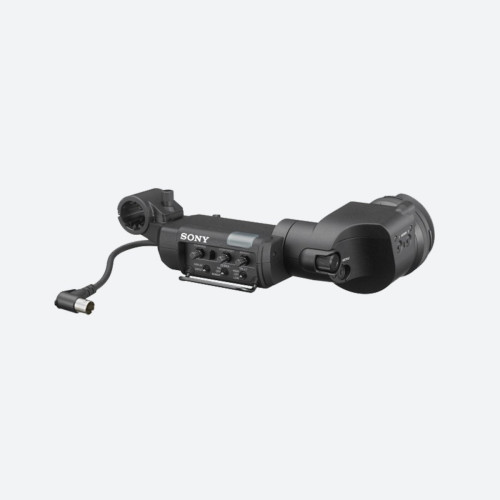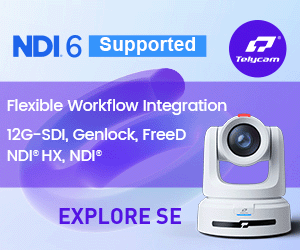One of the most important things to consider when beginning a new edit, is keeping track of where all your various media assets are - not only their location on whichever storage drive you chose to work from, but also where you file them away in your project once imported.
In the Avid world this is largely taken care of by the application itself, but when using programmes such as Premiere Pro or Davinci Resolve - the software takes no responsibility in that regard, and assumes that you as the editor know what you are doing.
Recently I have been working on an assignment which has been all about helping the editor save time - and I’ve discovered a fantastic (and free!) application called Post Haste. Post Haste works by allowing the user to create detailed folder structure templates which, once made can be recreated and repurposed with a single click.
The insanely useful thing about this, is it allows the users to work with a degree of consistency and purpose, leading to a lot less time spent having to a> create these folders each time a new project begins, and b> having to worry a great deal less about where items are if they end up going offline.
Another useful aspect of Post Haste, is it allows the user to add files into the folder structure, which will then be available once the new project is generated. Items such as pre-built project files, fonts, motion graphic templates, logos, luts and more can all be added into their relevant folders. Once that new project is generated they will also be present both in that folder structure, and in the pre-built project.
This technique of having pre-existing elements available consistently at the very beginning of every edit is common in broadcast & post production houses. Put simply, it’s the only way a post production coordinator can ensure that all of the editors in-house are using the correct assets, and working on sequences with the correct tracks, audio routing, resolutions and codecs etc.
However when working as a freelancer, shooting & creating your own material, it’s not always the case that this level of organisation is observed. From personal experience I can say that I’ve worked for a number of organisations where housekeeping isn’t top priority - costing time. And time of course as the old saying goes, is money.
So let’s say you decide to incorporate a partner application such as Post Haste (others are available) into your workflow - this then raises the question what would be the ideal folder structure? This question can be answered differently depending on who you are, and what kind of work that you do. But there will be folders that you will always need regardless of what type of edits you work on.
If you take a look at the structure I’ve settled on, you’ll see quite an exhaustive list of folders which I consider useful.
It’s quite comprehensive - to say the least. There’s a good chance that I may not use all of those folders on every project - but having them there costs me nothing and encourages me to keep things on track.
Whilst we’re on the subject of keeping things on track and using partner applications to help do that - I’d like to give an honourable mention to a piece of software I’ve used for quite some time, namely ShotPut Pro. ShotPut is designed purely to ingest media cards in a safe and efficient manner.
One of the biggest headaches for anyone tasked with offloading media cards, is having the confidence to format them. There is always that nagging doubt in the back of your head ‘have i definitely copied all these clips!?!’
The fear of deleting media that hasn’t been backed up - is real. Really real! Shotput is designed to help put that fear to bed. It also allows you to nominate more than one location as the offload destination - it will run a checksum verification to ensure that the copy is 100% complete and that all of the media has been transferred to all requested destinations. It takes more time, but once done you can be completely confident when handing the cards back to the camera operator, or doing the format yourself.
When thinking about what else can go into your template folder structure I’d suggest thinking about what assets you always use every time. One suggestion I would make is why not fill up your LUTS folder with cube files you’ve found useful? Why not add any logos you use on a regular basis into your GRAPHICS folder? If there’s sound effects which you know you use often (such as whooshes) put those into your SOUND FX folder.
Doing this is a great opportunity to create the ultimate master folder which can be-repurposed to infinity.
So - you have your perfect folder structure created. Time to make yourself the perfect project file for each time you begin an edit. If you take a look at the project window screengrab you’ll see that I’ve created a project that has essentially recreated the folders in Post Haste, allowing me to keep this high level of housekeeping going.
Things to note about this project, is that it contains pre-built sequences which will save me time when I begin to cut. Not only will these sequences allow me repurpose any given edit to a different delivery platform, but they also feature some basic audio track level submixes with track effects such as a compression effect, and a loudness radar.
Hopefully looking at this you can begin to see how useful Post Haste is. All I want to know is, where has it been all my life!!!










































